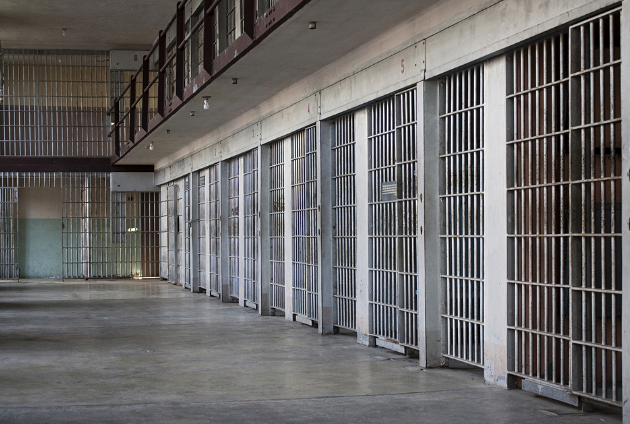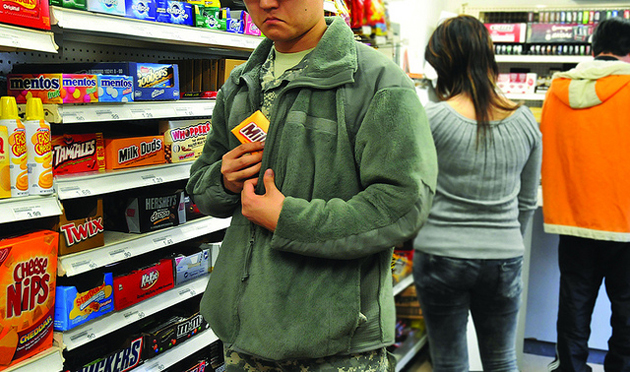
<a href="http://www.shutterstock.com/pic-100994692/stock-photo-jail-cells-with-the-doors-closed-at-a-historic-idaho-prison.html?src=FNpz18RmJAyxLKIIHxya4w-1-4">txking</a>/Shutterstock
Detaining certain defendants before trial makes them more likely to commit a new crime, according to a recent report.
Many pretrial detainees are low-risk, meaning that if they are released before trial, they are highly unlikely to commit other crimes and very likely to return to court. When these defendants are held for two to three days before trial, as opposed to just 24 hours, they are nearly 40 percent more likely to commit new crimes before their trial, and 17 percent more likely to commit another crime within two years, according to a report released last month by the Laura and John Arnold Foundation, a private foundation that funds criminal justice research.
“The primary goal of the American criminal justice system is to protect the public,” the authors of the report say. “But…the pretrial phase of the system is actually helping to create new repeat offenders.”
The report—based on studies of both state and federal courts—also found that the longer low-risk detainees are held behind bars before trial, the more likely they are to commit another crime. Low-risk defendants who were detained for 31 days or more before they had their day in court offended 74 percent more frequently before trial than those detained for just one day. The study found similar results for moderate-risk defendants, though for these offenders, the rate of increase in new criminal activity is smaller. When it comes to high-risk offenders, the report found no correlation between pre-trial detention time and recidivism.
The report noted that recidivism could be curbed if judges made an effort to distinguish between low-, moderate-, and high-risk offenders. “Judges, of course, do their best to sort violent, high-risk defendants from nonviolent, low-risk ones,” the report says, “but they have almost no reliable, data-driven risk assessment tools at their disposal to help them make these decisions.” Fewer than ten percent of US jurisdictions do any sort of risk-assessment during the pretrial stage.
Not only does unnecessary pretrial detention create repeat offenders, it costs taxpayers a lot of money. Pretrial detainees represent more than 60 percent of the total inmate population in the country’s jails. The cost of incarcerating defendants pretrial is about $9 billion.
















